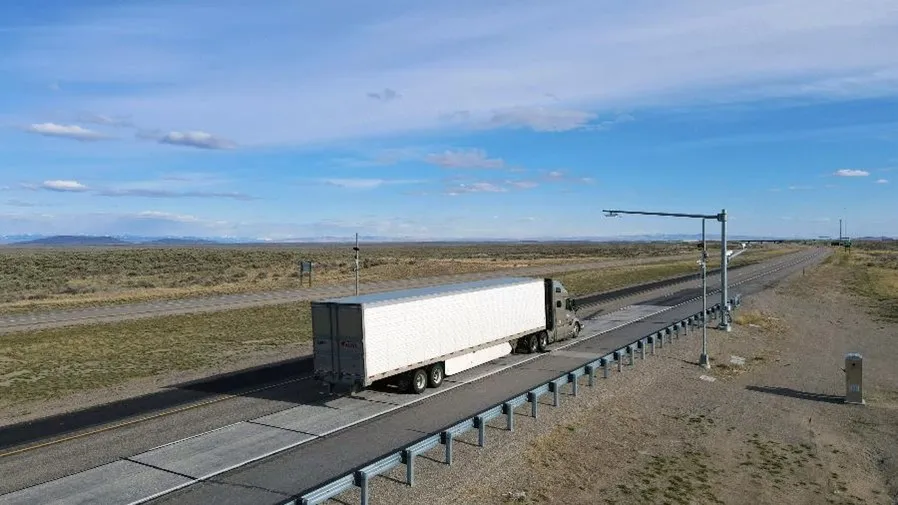Less downtime for maintenance and greater quality of line marking are promised from a number of features incorporated in Hofmann’s newly improved MultiDotLine extruder. The results are significant gains in efficiency and productivity, the company claims.
April 5, 2016
Read time: 2 mins

Less downtime for maintenance and greater quality of line marking are promised from a number of features incorporated in 4528 Hofmann’s newly improved MultiDotLine extruder. The results are significant gains in efficiency and productivity, the company claims.
The key upgrades in the new model are an enhanced system of extruder shutters and better heating and thermal insulation of the extruder head.
The new design has just one set of shutters – ideal for plain, cross profile and dot markings, the company says – so fewer working parts and a more compact design. Internal operating forces are reduced and the extruder’s housing does not come into contact with the machine’s shutters, which are now directly operated from pneumatic cylinders.
“Overall, the result is less wear and fewer mechanical components, so less maintenance,” said Hofmann sales and marketing director Torsten Pape.
“This new design is also easier to maintain because the shutters can be easily replaced if damaged. Each is independently detachable from the other, so no longer is therer a need to take apart the whole assembly of shutter set and oil lines.”
Furthermore, Pape adds, more heat is transferred into the shutters (due to their seating on supports heated by thermal oil), so allowing greater quality of line marking.
The key upgrades in the new model are an enhanced system of extruder shutters and better heating and thermal insulation of the extruder head.
The new design has just one set of shutters – ideal for plain, cross profile and dot markings, the company says – so fewer working parts and a more compact design. Internal operating forces are reduced and the extruder’s housing does not come into contact with the machine’s shutters, which are now directly operated from pneumatic cylinders.
“Overall, the result is less wear and fewer mechanical components, so less maintenance,” said Hofmann sales and marketing director Torsten Pape.
“This new design is also easier to maintain because the shutters can be easily replaced if damaged. Each is independently detachable from the other, so no longer is therer a need to take apart the whole assembly of shutter set and oil lines.”
Furthermore, Pape adds, more heat is transferred into the shutters (due to their seating on supports heated by thermal oil), so allowing greater quality of line marking.










